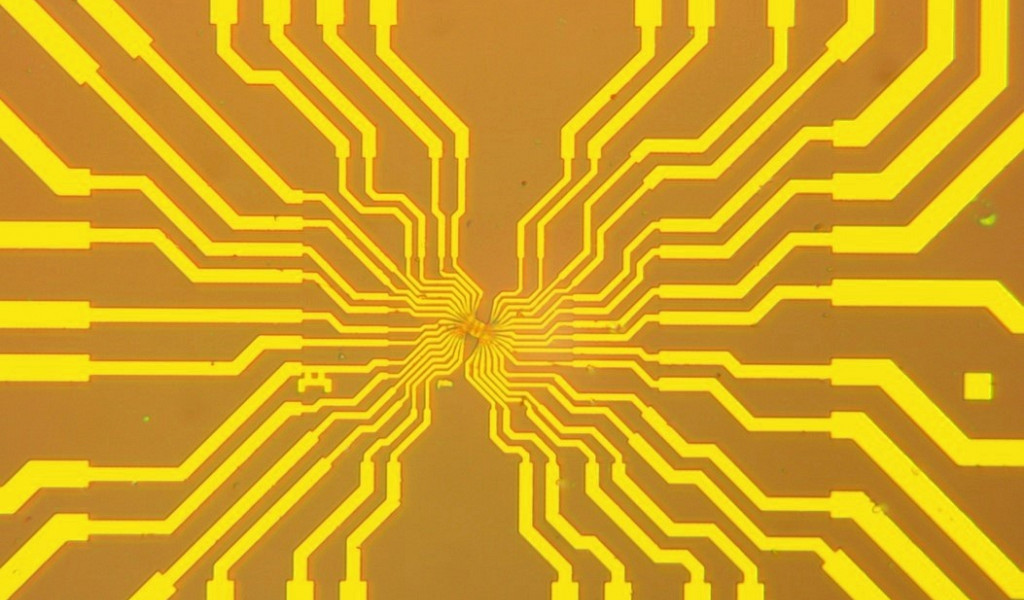The research focuses on exploring non-equilibrium many-body dynamics in quantum systems that experience symmetry-breaking, topological, or jamming transitions. These systems encompass superconductors, charge-density wave, and magnetic materials found in crystalline structures, single-mono-layer setups, or heterostructures. A specific emphasis is placed on metastable systems where relaxation is hindered by unconventional mechanisms like topological protection or jamming. The experimental methods cover a wide range of timescales, spanning from attoseconds to days. These methods encompass table-top time-resolved spectroscopy with various probes, including optical, lab-on-a-chip, magnetic and non-magnetic XUV, and electron diffraction techniques. Additionally, large-scale free-electron laser facilities are utilized, which broaden the capabilities to include time-resolved elastic and inelastic x-ray scattering, TR-ARPES (Time-Resolved Angle-Resolved Photoemission Spectroscopy), and imaging.

There is also ongoing development of new techniques for studying many-body evolution within intermediate timescales, ranging from microseconds to picoseconds. These methods rely on fast scanning and laser-pulse gated tunneling microscopies. The theoretical methods include analytical techniques to simulations of many-body dynamics using both classical and quantum methods, including the use of quantum processors for simulations of quantum dynamics.
A significant effort within the research program is devoted to applications, including ultrafast, ultra-energy-efficient memristor devices, XUV modulators and the use of nano-materials in optical devices.
The research program is backed by in-house capabilities for crystal and thin film growth, as well as the synthesis of novel nanomaterials. These materials undergo comprehensive characterization using a variety of techniques, including electron microscopy (SEM, HRSTEM), EDS (Energy-Dispersive X-ray Spectroscopy), Raman spectroscopy, infrared spectroscopy (IR), ellipsometry, SQUID magnetometry, x-ray structural analysis, and other pertinent methods. Furthermore, various transport measurements are conducted over a broad temperature range, both with and without the presence of a magnetic field.
Active research focuses
Recent articles
Ongoing projects
People
The research is driven by people. We are happy to be part of the successful, friendly and inspiring team!
Work with us
We are looking for talents! If you are searching for PhD position, if you are a motivated postdoc or a curious student – get in touch with us.







